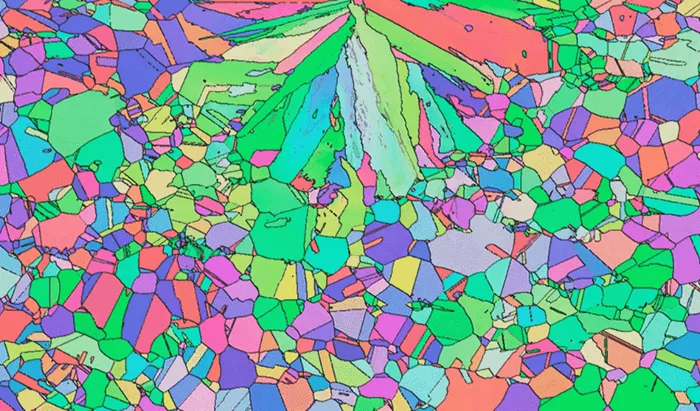Researchers at The Johns Hopkins University Applied Physics Laboratory (APL) have pioneered a groundbreaking method that combines 3D printing with machine learning, specifically targeting laser powder bed fusion (LPBF). This innovative approach enables the creation of simulations that can verify the quality of materials produced using LPBF, a widely used additive manufacturing technique. Machine learning, a subset of artificial intelligence (AI), has diverse applications across industries, including healthcare and aerospace.
The APL team’s technique focuses on predicting the microstructure of materials formed during the LPBF process. By analyzing measurements taken from a single layer of powder, researchers can simulate and forecast the final structure of the printed object. This predictive capability allows for early detection and correction of potential errors, significantly reducing waste of time, materials, and costs. Moreover, it has the potential to dramatically increase the efficiency and output of materials manufactured through LPBF.
The research is part of a broader initiative at APL aimed at leveraging artificial intelligence to accelerate the discovery of advanced materials for extreme environments. Morgan Trexler, who leads APL’s Science of Extreme and Multifunctional Materials program within the Exploratory Research and Development Mission Area, emphasized the significance of this development. “We believe this new approach will play a critical role in enhancing the design and understanding of material formation in additive manufacturing,” Trexler said. “It aligns with our larger mission to expedite materials development for national security applications.”
This advancement marks a significant step forward in the integration of AI and additive manufacturing, offering promising implications for industries reliant on high-performance materials.

